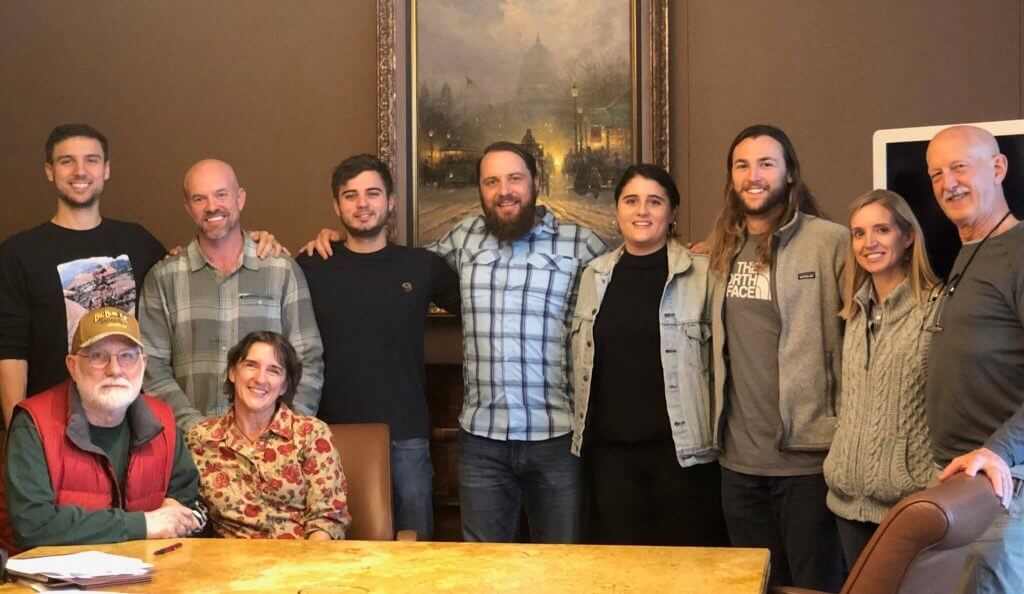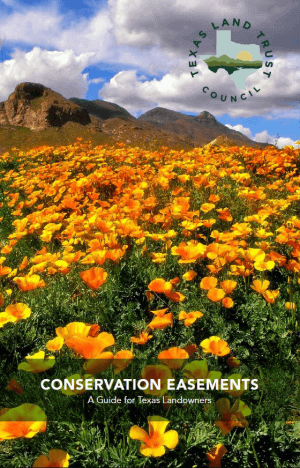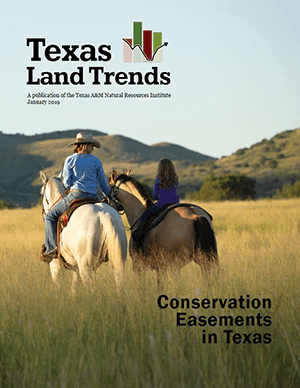
A conservation easement is a voluntary, written agreement between a landowner and the “holder” of the conservation easement under which a landowner voluntarily restricts certain uses of the property to protect its natural, productive or cultural features. The holder of the conservation easement must be a governmental entity or a qualified conservation organization. With a conservation easement, the landowner retains legal title to the property and determines the types of land uses to continue and those to restrict. As part of the arrangement, the landowner grants the holder of the conservation easement the right to periodically (typically annually) assess the condition of the property to ensure that it is maintained according to the terms of the legal agreement.

Many rights come with owning property, including the rights to manage resources, change use, subdivide or develop. With a conservation easement, a landowner limits one or more of these rights. For example, a landowner donating a conservation easement could choose to limit the right to develop a property, but keep the rights to build a house, raise cattle and grow crops. The landowner may continue his or her current use of the property, provided the resources the conservation easement is intended to protect are sustained. Texas’ landscape and its people are diverse. Because every landowner and every property is unique, a conservation easement agreement can be designed to meet specific, individual needs.

Landowners interested in conservation generally have two principal concerns. First is the desire to protect the natural or productive qualities of their property. The landowner is interested in conserving special features such as fertile soil, mature trees, wildlife habitat, or a piece of history – even after his or her ownership comes to an end.
Along with conservation, landowners are also concerned about maintaining their property’s productivity. The economics associated with land ownership are changing and fewer family-owned properties are the primary source of a family’s income. Along with maintaining productivity, Texas landowners must also contend with the increasing tax burden associated with property ownership. Estate taxes, property taxes and the financial incentive to sell or develop are all economic factors that affect land use decisions.
Watch this short video to learn more more about this flexible and unique conservation tool that can help landowners ensure their land—and their legacy—is preserved for future generations.

Conservation easements are an important conservation tool. State supported initiatives to purchase conservation easements on private lands can help safeguard natural resources for generations to come. Lands conserved in Texas provide valuable goods, services, and ecological benefits such as water quality and quantity protection, wildlife habitat, and agricultural production. Check out this 2019 report on conservation easements by the Texas A&M University Natural Resources Institute that provides an analysis of conservation easement lands across Texas, looking at the conservation value of these lands, potential funding sources, and increasing landowner interest.

A conservation easement donation can qualify as a charitable contribution if:
Contact a land trust or your tax advisor for more information.